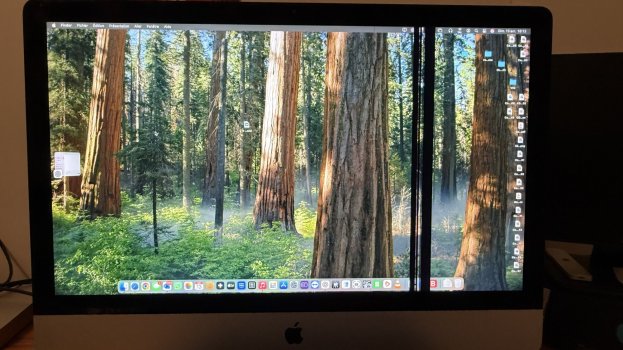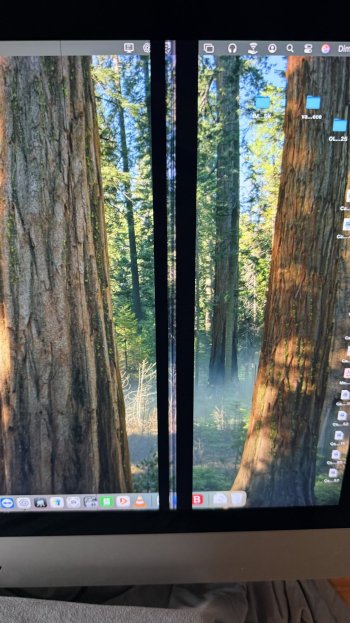@jag001 "It may be that the FA1 seems duller to me as the T18 is brighter than the iMac Pro it used to sit next to. Technically the FA1 is within a few percent brightness of the panel in my 2020 i9 MBP. I’m going to keep running them side by side for a while to figure out which is giving me the more accurate colour representation. That said I can’t change any colour settings other than white point in calibration on the Mac with the FA1 unless I turn HDR off."
Firstly, I don't think any of the Chinese conversion boards can reproduce an accurate colour gamut
in HDR mode.
I think they originally only manage HDR10 using the 4K firmware that they were originally developed with.
It is quite possible that the transfer of the HDR10 mode to the 5K firmware for iMac conversions is better with the Mediatek video controller chips in the JRY boards, compared to the RealTek chip in the T18 and R1811.
RealTek has countered the challenge of the introduction of the MediaTek chipped boards by coming up with better firmware (HDMI 2.1) for the R1811.
So competition is good.

EDIT: However setting the monitors to HDR might be an easy way to get each to show the maximum brightness that they are capable of.
And for it to be HDR means they are in 10 bit mode. 😀
The iMac Pro is definitely not displaying an HDR colour gamut - the screen panel is only capable of accurate SDR.
In SDR, a colour gamut is three dimensional - Hue, Saturation and Brightness.
For 100% compliance to a profile each pixel has to be in place on a 3 axis graph:
The brightness value is defined by the numerical definition of the colour.
That's why the iMac Pro's brightness setting is constrained by the Display P3 colour profile that Apple has enabled on it.
My R1811 is capable of higher maximum brightness in its own default colour profile than it is if I select DCI-P3.
So the colour profile is constraining the brightness to fit the P3 colour gamut, when that is selected.
I am using an iMac Pro D1 panel in my monitor, so I am seeing a straight comparison, as far as I can...
Disclaimer: I am not an expert in all this, so please correct any misunderstandings ... 😃




